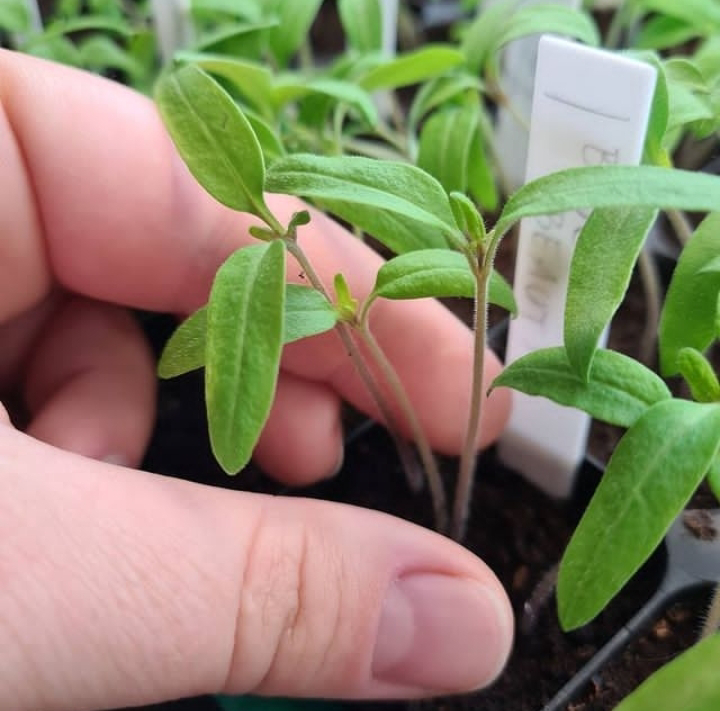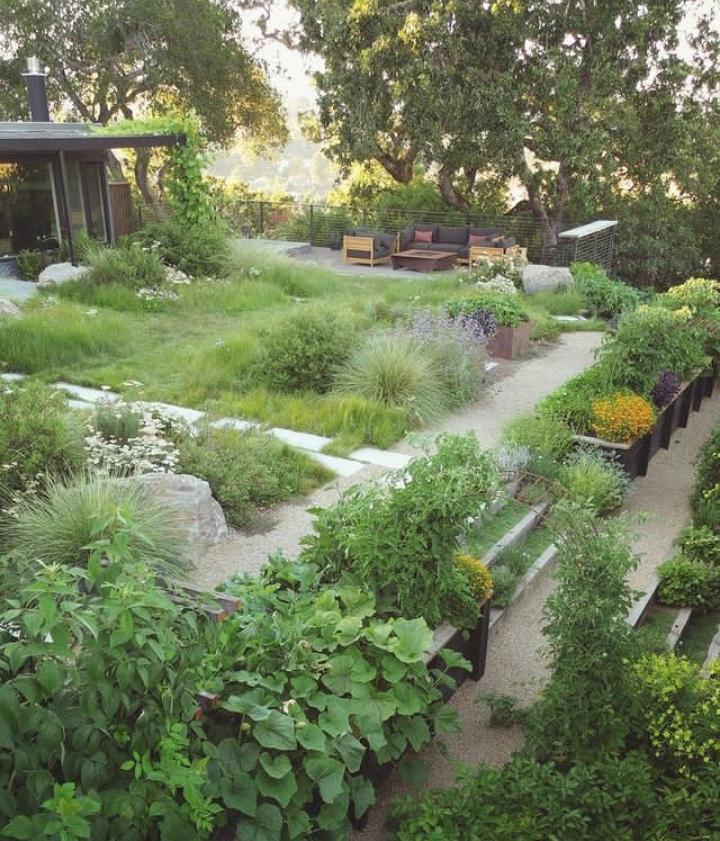1. Seedling Preparation: Start with healthy seedlings that are about 6-8 weeks old and have sturdy stems and well-developed leaves.
2. Timing: Transplant outdoors after the last frost date in your area. Soil temperature should be around 60-70°F (15-21°C).
3. Location: Choose a sunny spot with well-draining soil. Prepare the soil by adding compost or organic matter.
4. Hardening Off: Gradually acclimate seedlings to outdoor conditions by placing them outside for a few hours each day, gradually increasing the time over a week.
5. Digging Holes: Dig holes slightly deeper than the seedling's root ball and spaced about 2-3 feet apart for determinate varieties and 3-4 feet apart for indeterminate varieties.
6. Transplanting: Gently remove seedlings from their containers, holding them by the leaves, not the stem. Place the seedling in the hole, burying the stem up to the first set of leaves. This encourages root growth along the buried stem.
7. Watering: Water the seedlings immediately after transplanting to help settle the soil. Provide consistent watering to keep the soil evenly moist.
8. Mulching: Apply a layer of mulch around the seedlings to conserve moisture and prevent weed growth.
9. Support: Set up stakes, cages, or trellises to support the plants as they grow.
10. Fertilizing: Wait a few weeks before applying a balanced fertilizer. Too much nitrogen early on can promote excessive foliage growth.
11. Pruning: Pinch off any lower leaves that touch the ground to prevent disease. As the plant grows, you can also prune suckers (side shoots) for indeterminate varieties to encourage better fruiting.
Remember, tomato plants are sensitive, so handle them gently during transplanting. With proper care, your seedlings should thrive and produce delicious tomatoes.





























